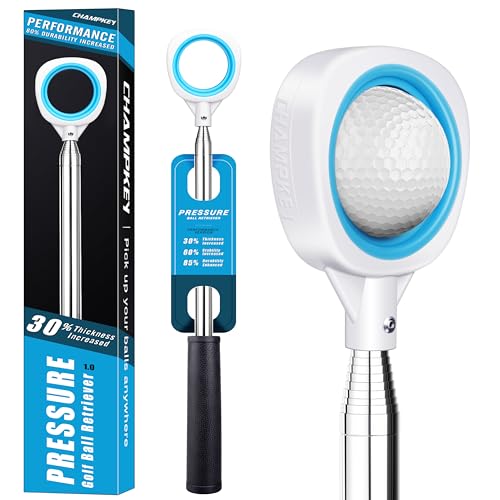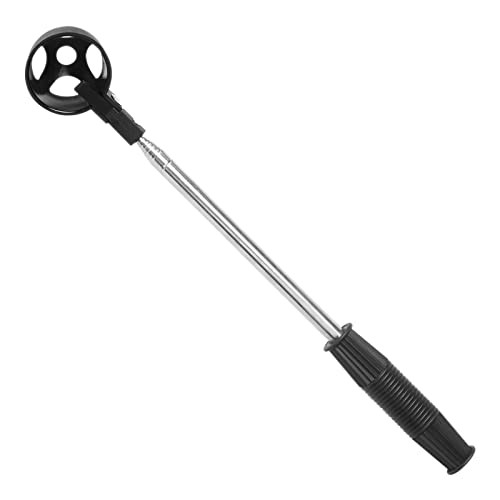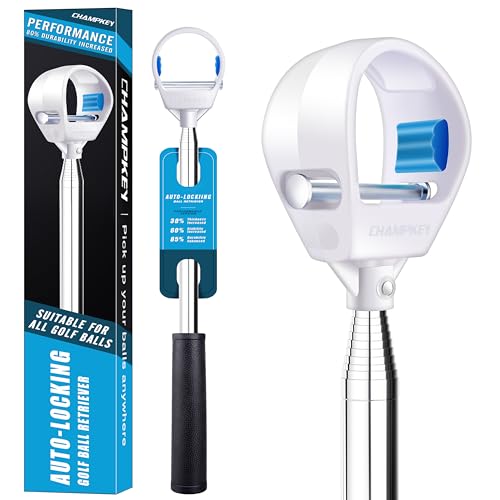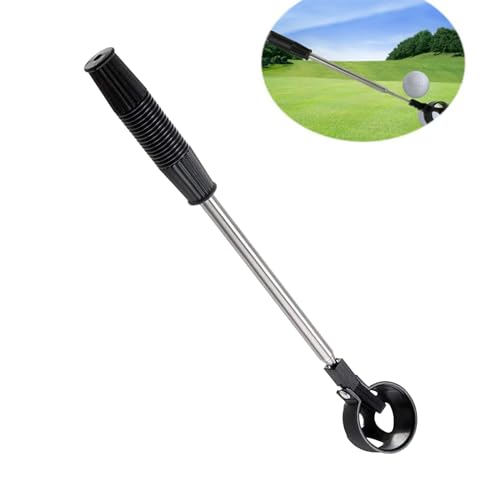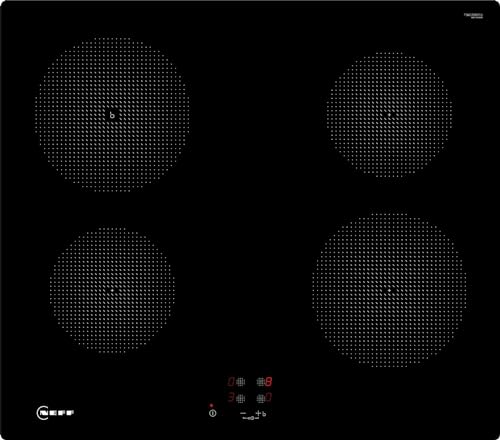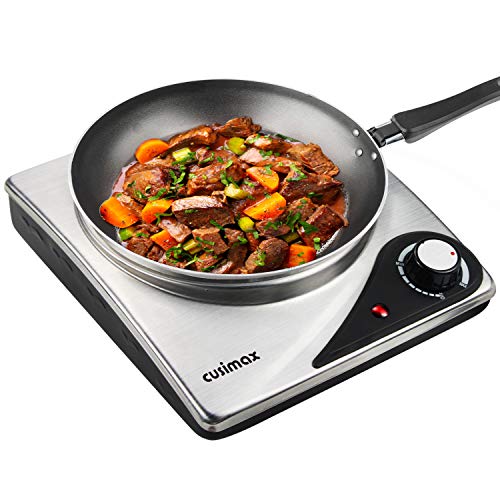Understanding Golf Ball Retrievers: What Are They and How Do They Work?
What Is a Golf Ball Retriever?
A golf ball retriever is a handy tool designed to help golfers retrieve balls that have ended up in difficult-to-reach places such as ponds, bushes, or other hazards. Imagine you’ve hit a perfect shot only for your ball to bounce off the green into a nearby water hazard; this is where a golf ball retriever comes into play. These devices typically consist of a long pole with a scoop or net at the end, enabling you to reach out and get your ball back without having to get wet or lose it entirely.
How Do They Work?
Using a golf ball retriever is straightforward. The long pole allows you to extend your reach. You simply position the scoop over the ball and either scoop it up or lower the net to catch the ball. Most retrievers have a locking mechanism that keeps the ball safely contained until you are ready to release it. Some even have flexible ends that can easily conform to various shapes, ensuring you can grab a ball from different angles.
Essential Features to Look for in a Golf Ball Retriever
Length and Portability
When selecting a golf ball retriever, consider the length and portability. Most models extend from around 6 to 18 feet, which allows you to reach a wide range without excessive strain. A good retriever should also be foldable or collapsible for easy transport, fitting neatly into your golf bag without taking up too much space.
Material and Durability
The material of a golf ball retriever plays a critical role in durability and performance. Look for retrievers made from lightweight, yet sturdy materials like aluminium or high-grade plastic. They should withstand bumps and drops, as well as exposure to water and outdoor elements. A durable retriever ensures that you won’t need a replacement after just a few uses.
Grip and Handle Design
The grip and handle design should provide comfort and ease of use. A non-slip grip enhances your control, particularly when you’re reaching over water or uneven terrain. Some retrievers also feature ergonomic handles, making it easier to manoeuvre when you’re retrieving a ball.
Collection Mechanism
The collection mechanism is another essential feature to consider. Some retrievers use a simple scoop, while others use a net or clamp design. Ensure it securely holds the ball during retrieval and allows for effortless release, so you can quickly continue your game.
Top Picks for Golf Ball Retrievers: Our Recommendations
Compact Retrievers for Casual Golfers
For those who play occasionally, a compact retriever that extends to around 6 feet might be an ideal choice. These models are lightweight, easy to carry, and adequate for most scenarios on the course. Look for one with a reliable foldable structure and a secure catch mechanism.
Mid-Range Retrievers for Regular Players
If you play golf more regularly, consider a mid-range option that extends to about 12 feet. These retrievers often come with improved durability and a more robust handle. They provide a great balance of reach and portability, ensuring that you can retrieve golf balls from a greater distance effectively.
Heavy-Duty Models for Avid Golfers
For avid golfers or those who often find themselves in tricky spots, a heavy-duty 18-foot retriever might be the best fit. These models often come with advanced features, such as a more sophisticated locking mechanism and a reinforced handle. They’re designed to withstand frequent use and challenging conditions, ensuring you’ll be ready for any situation.
How to Use a Golf Ball Retriever Effectively on the Course
Approach With Care
When using a golf ball retriever, approach the situation with care. If your ball is in a water hazard, be cautious of your footing, especially if the area is slippery or uneven. Ensure that your stance is stable and that you’re comfortable with the length of your retriever before reaching for the ball.
Positioning the Retriever
To retrieve the ball, position the scoop or net directly over the ball. Extend your arm to ensure you have a good angle for collection. A little practice can help you become more adept at reaching the ball without disturbing the water too much or causing unnecessary splashes.
Releasing the Ball
After successfully capturing the ball, use the mechanism to release it efficiently. Make sure you’re in a comfortable position when you do this, so you don’t lose your balance. Being precise while releasing the ball can also help maintain the integrity of the retriever’s mechanism.
Maintaining Your Golf Ball Retriever: Tips for Longevity
Cleaning After Use
After a round on the course, it’s essential to clean your golf ball retriever. Rinse it off to remove any dirt or grass, especially if you’ve retrieved balls from wet conditions. A quick wipe-down helps chalk off residue and prolongs the life of your tool.
Regular Checks for Damages
Check your retriever regularly for any signs of wear or damage. Look for cracks in the pole, tears in the net, or issues with the grip. Addressing these concerns early can prevent more significant problems down the line.
Proper Storage Techniques
Store your golf ball retriever in a cool, dry place, ensuring it’s not subject to extreme temperatures or direct sunlight for prolonged periods. Proper storage helps maintain its structural integrity and functionality.




